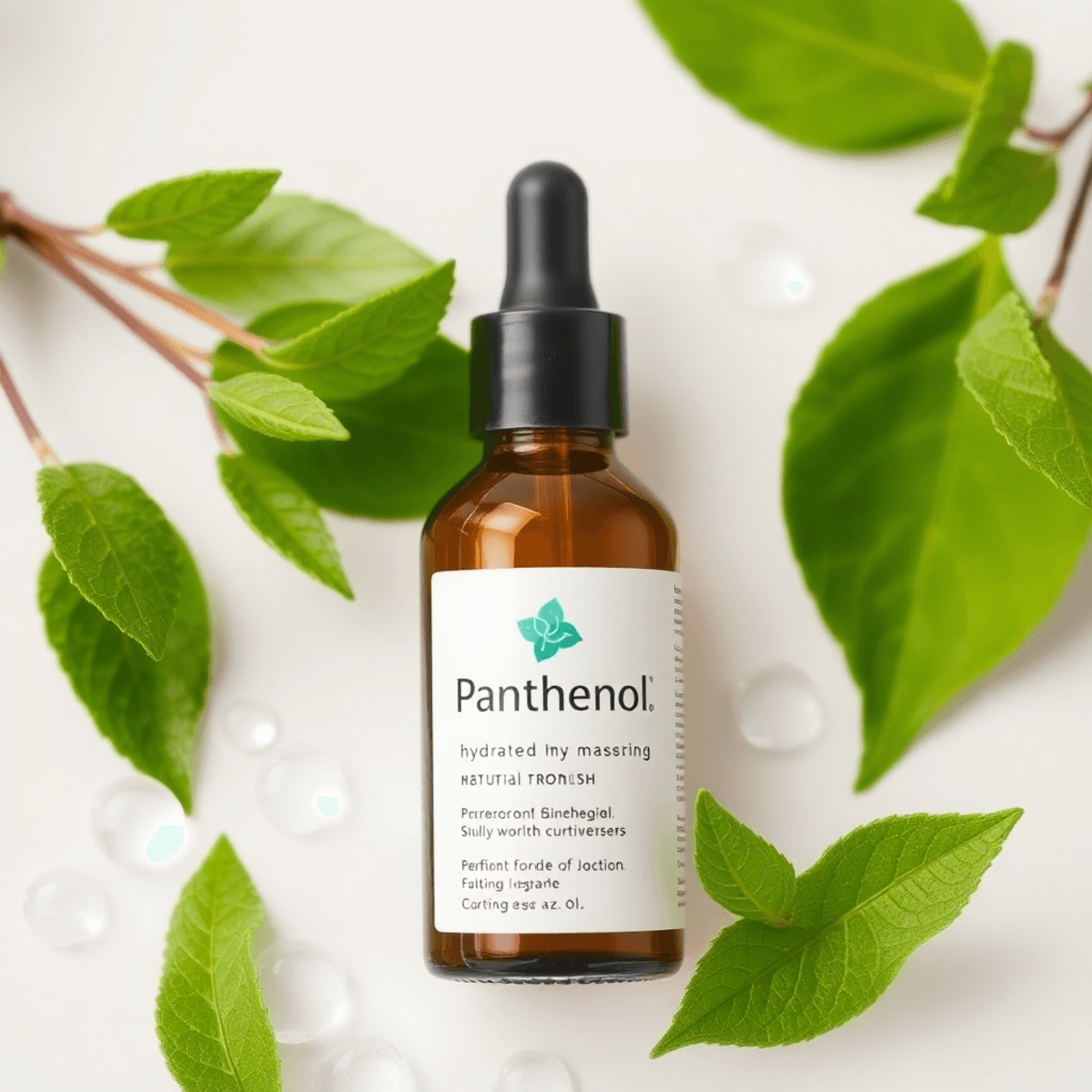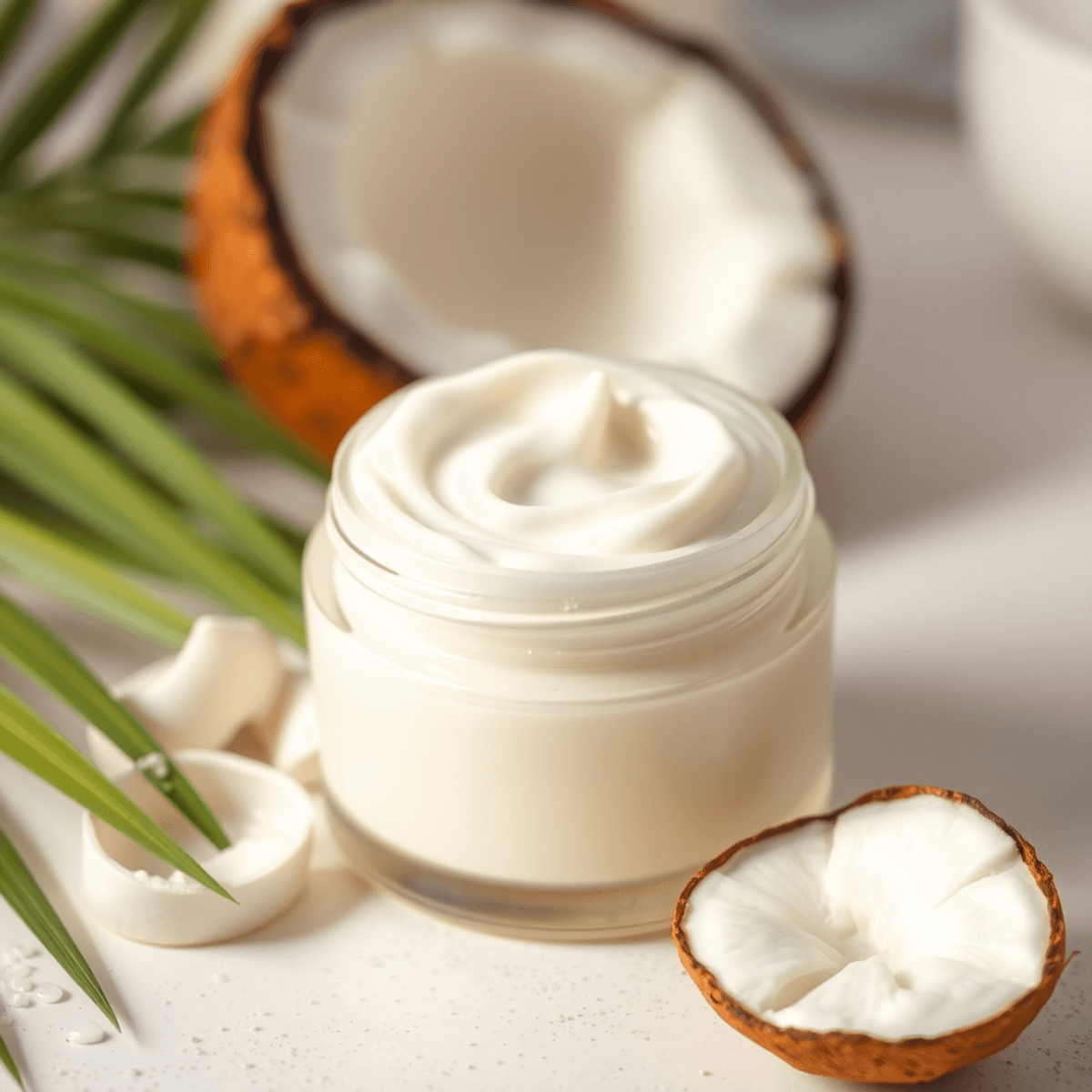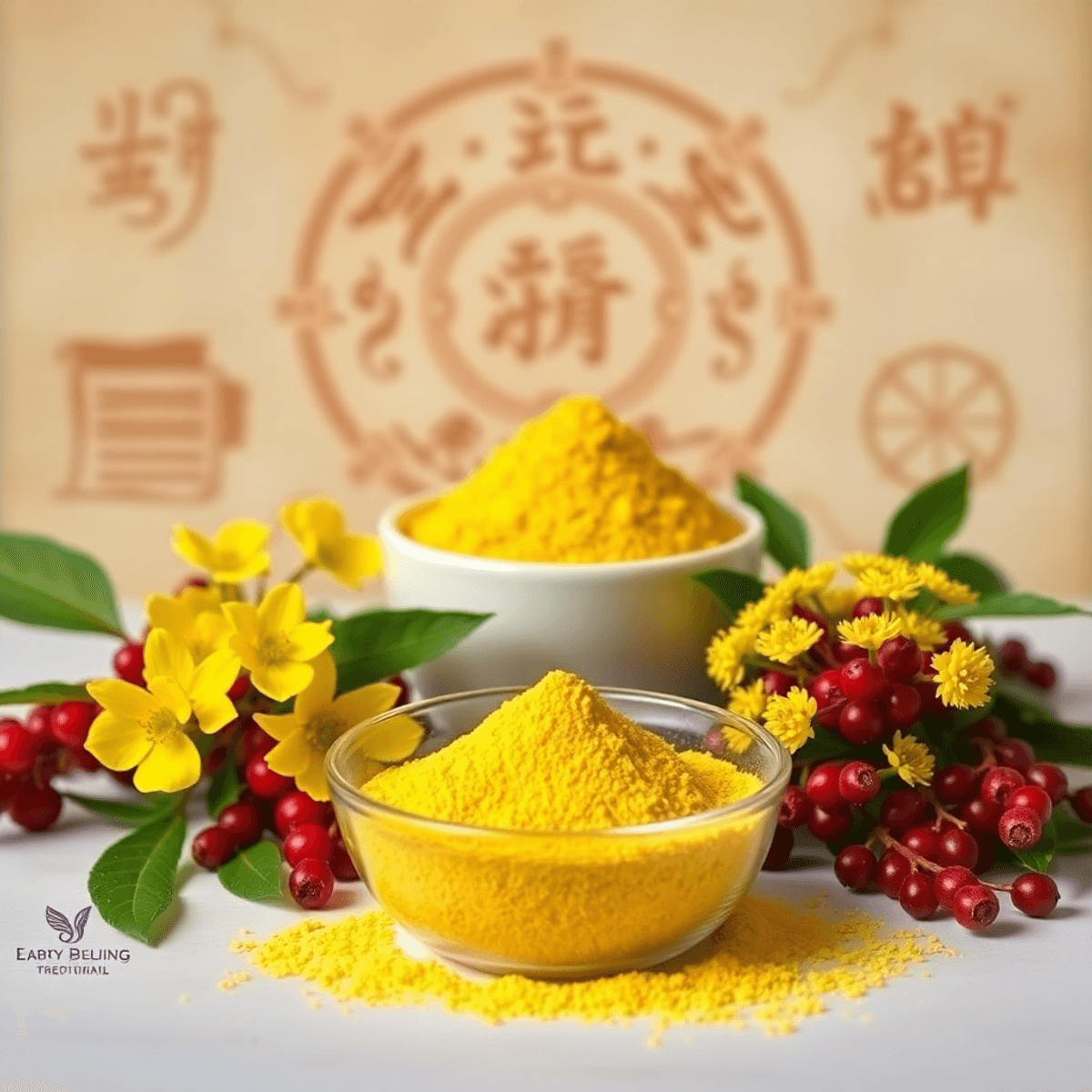Lavender Essential Oils: The Secret to Soothing Pain Naturally

Introduction
Lavender is well-known for its calming effects and has been used for a long time as a natural remedy. The essential oils derived from lavender flowers are now leading the way in natural pain relief options. These oils not only provide a pleasant scent but also have great potential in relieving different kinds of pain.
It's important to explore natural remedies, especially for those looking for alternatives to traditional medications. Lavender essential oils stand out in this area by providing a gentle yet effective way to naturally ease discomfort. Whether it's relieving tension headaches or alleviating menstrual cramps, lavender's pain-relieving and anti-inflammatory properties make it a versatile companion in managing pain.
Key takeaway: Lavender essential oils are a powerful natural solution for relieving pain. Incorporate this botanical wonder into your journey towards holistic health and well-being.
Understanding Lavender
Lavender is a versatile and aromatic herb known for its calming properties and therapeutic uses. Among the many species of lavender, Lavandula angustifolia stands out as the most commonly used variety in essential oil production. This variety, often referred to as "true lavender," is recognized for its sweet floral aroma.
How Lavandula angustifolia Works
The effectiveness of Lavandula angustifolia in relieving pain can be attributed to its key chemical components: linalool and linalyl acetate. These compounds are well-known for their pain-relieving and anti-inflammatory effects. Linalool, in particular, plays a crucial role in modulating pain perception and reducing anxiety, thereby enhancing overall well-being.
Other Lavender Species and Their Benefits
While Lavandula angustifolia remains the preferred choice for many, other lavender species offer unique properties that may appeal to different therapeutic needs:
- Lavandula stoechas: Also known as Spanish lavender, this species contains higher levels of camphor, providing a stimulating effect beneficial for respiratory issues.
- Lavandula latifolia: Commonly referred to as spike lavender, this variety is recognized for its antiseptic qualities and potential to treat respiratory ailments.
These different types of lavender provide a wide range of benefits that address specific health concerns, highlighting the versatility of lavender as a natural remedy.
Therapeutic Properties of Lavender Essential Oils
Lavender essential oil is widely known for its healing qualities, especially its pain-relieving effects and ability to reduce inflammation. These qualities make it a popular choice for people looking for natural ways to relieve pain.
Key Benefits
1. Pain-Relieving Effects
Lavender essential oil can alleviate pain by interacting with neurotransmitters in the brain that process pain signals. Its ability to reduce pain perception makes it comparable to some conventional pain medications.
2. Anti-Inflammatory Properties
The oil's capacity to reduce inflammation contributes significantly to its effectiveness in managing conditions characterized by swelling and discomfort, such as arthritis or muscle injuries.
Contribution to Pain Relief
These properties work together to provide a holistic approach to pain management. By addressing both inflammation and pain perception, lavender essential oil offers comprehensive relief that targets the root causes of discomfort rather than just masking symptoms.
Scientific Support
Research underscores the efficacy of lavender in treating various types of pain. For instance, studies have shown that topical application can lead to a significant reduction in menstrual cramps. Additionally, inhalation of lavender oil has been linked to decreased postoperative discomfort and anxiety-related pain, demonstrating its versatility.
A systematic review further highlights its potential, indicating that lavender aromatherapy may be particularly effective against nociceptive and acute pain rather than chronic conditions. This distinction is crucial for tailoring treatments based on individual needs.
By understanding these therapeutic benefits, you can incorporate lavender essential oils into your pain management strategy.
How Lavender Relieves Pain
Lavender's ability to relieve pain comes from its effects on the nervous system, especially through a key component called linalool. This compound is important for regulating pain perception and reducing anxiety.
How Linalool Works
When inhaled or applied to the skin, linalool can affect neurotransmitter activity, resulting in a soothing effect on both the mind and body. This calming influence is vital for relieving pain, as it decreases the body's stress response and changes how discomfort is perceived.
Beyond Pain Relief: Neuroprotective Effects
Research shows that lavender's ability to ease pain goes beyond just numbing sensations. It also has neuroprotective effects, which promote overall well-being. These properties help protect nerve cells from harm and degeneration, potentially providing relief for chronic pain conditions caused by nerve issues.
These findings highlight lavender's potential as a natural remedy for those looking for an alternative to traditional pain medications. As scientific studies continue to investigate these effects, lavender remains a promising ally in natural pain management strategies.
Practical Applications of Lavender Essential Oils for Pain Relief
Lavender essential oils can be effectively used both topically and in aromatherapy to provide pain relief. To ensure safe use when applying lavender oil topically, it is crucial to dilute it with a carrier oil such as coconut or jojoba oil. A typical dilution ratio is 2-3 drops of lavender oil per teaspoon of carrier oil, which helps prevent skin irritation.
DIY Remedies: Lavender-Infused Sleep Balm
For those interested in DIY remedies, creating a lavender-infused sleep balm can be a soothing option. This balm not only aids in pain relief but also promotes restful sleep. Here’s a simple recipe:
- Ingredients:
- 2 tablespoons of beeswax
- 2 tablespoons of coconut oil
- 10 drops of lavender essential oil
- Instructions:
- Melt the beeswax and coconut oil together in a double boiler.
- Remove from heat and stir in the lavender essential oil.
- Pour the mixture into a small container and let it cool.
- Apply the balm to your temples, wrists, or soles before bedtime.
Safe Use of Lavender Oils in Aromatherapy
Using lavender oils safely also involves understanding how to incorporate them into aromatherapy practices. Inhalation through diffusers or direct inhalation helps harness its therapeutic properties effectively. Always prioritize safety by using pure oils and consulting guidelines on proper usage.
By adhering to these guidelines, you can explore the benefits of lavender essential oils while minimizing risks, making them an invaluable addition to your natural pain relief toolkit.
Benefits Beyond Pain Relief: Lavender for Anxiety and Sleep Quality Improvement
Lavender essential oils offer benefits beyond just pain relief. Their ability to reduce anxiety levels and foster relaxation makes them a versatile tool in natural health practices. The calming aroma of lavender is known to interact with the brain's limbic system, which plays a key role in regulating emotions and stress responses. This interaction can lead to a reduction in anxiety, which often accompanies chronic pain conditions.
Pain relief creams can provide immediate relief, but incorporating lavender into your routine may address the underlying anxiety contributing to the pain.
Improving sleep quality is another significant benefit of lavender. Poor sleep often exacerbates the perception of pain, creating a cycle that is hard to break. By promoting relaxation and reducing anxiety, lavender encourages deeper, more restful sleep. Enhanced sleep quality not only aids in physical recovery but also in reducing pain perception, making lavender an invaluable addition to any holistic pain management strategy.
Conclusion: Embracing Lavender as a Natural Ally in Pain Management
Discovering natural remedies with lavender essential oils opens the door to a holistic approach to health. By integrating lavender as an ingredient for pain relief into your routine, you can use its soothing properties to alleviate discomfort naturally.
- Explore Natural Remedies: Consider lavender as part of your holistic health strategy. Its versatility not only addresses pain but also enhances overall well-being.
- Call to Action: Begin incorporating lavender essential oils into your self-care regimen. Whether through aromatherapy or topical applications, embrace its potential benefits for pain relief.
Always consult with a healthcare professional if you have underlying medical conditions or are on medication before trying any new remedies. Lavender's gentle yet effective nature makes it a promising option for those seeking alternatives to traditional pain management methods.
FAQs (Frequently Asked Questions)
What are the calming effects of lavender essential oil?
Lavender essential oil is well-known for its calming effects, which can help reduce stress and promote relaxation. Its soothing properties make it a popular choice for those seeking natural remedies for anxiety and sleep disturbances.
How does Lavandula angustifolia relieve pain?
The effectiveness of Lavandula angustifolia in relieving pain is attributed to its ability to interact with the body's pain receptors. This interaction can help diminish the sensation of pain, providing relief for various conditions.
Are there other species of lavender that offer benefits?
While Lavandula angustifolia is the preferred choice for therapeutic use, other lavender species also possess beneficial properties. These may include variations in aroma and specific therapeutic qualities that can be utilized in different applications.
What are the key therapeutic properties of lavender essential oils?
Lavender essential oils are widely recognized for their healing qualities, including pain-relieving effects and anti-inflammatory properties. These attributes contribute significantly to their effectiveness in managing pain and promoting overall well-being.
Can lavender essential oils be used safely in aromatherapy?
Yes, using lavender oils safely involves understanding proper dilution methods and application techniques. It is important to follow guidelines to avoid skin irritation or adverse reactions while enjoying the therapeutic benefits of lavender.
What additional benefits does lavender provide beyond pain relief?
Beyond its pain-relieving properties, lavender essential oils are known to improve sleep quality and alleviate anxiety. Research indicates that lavender's neuroprotective effects contribute to overall mental well-being, making it a versatile ally in natural health management.












